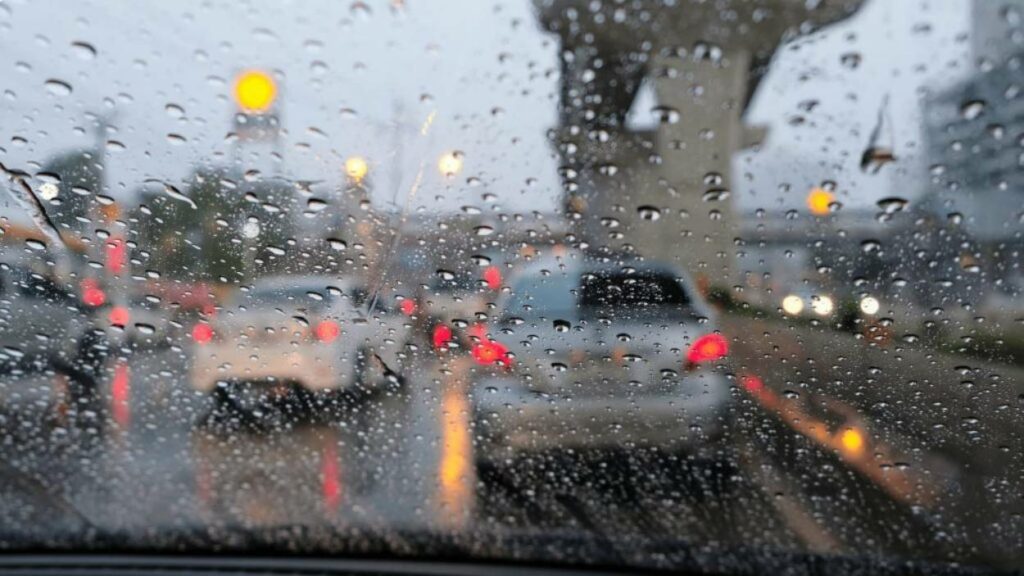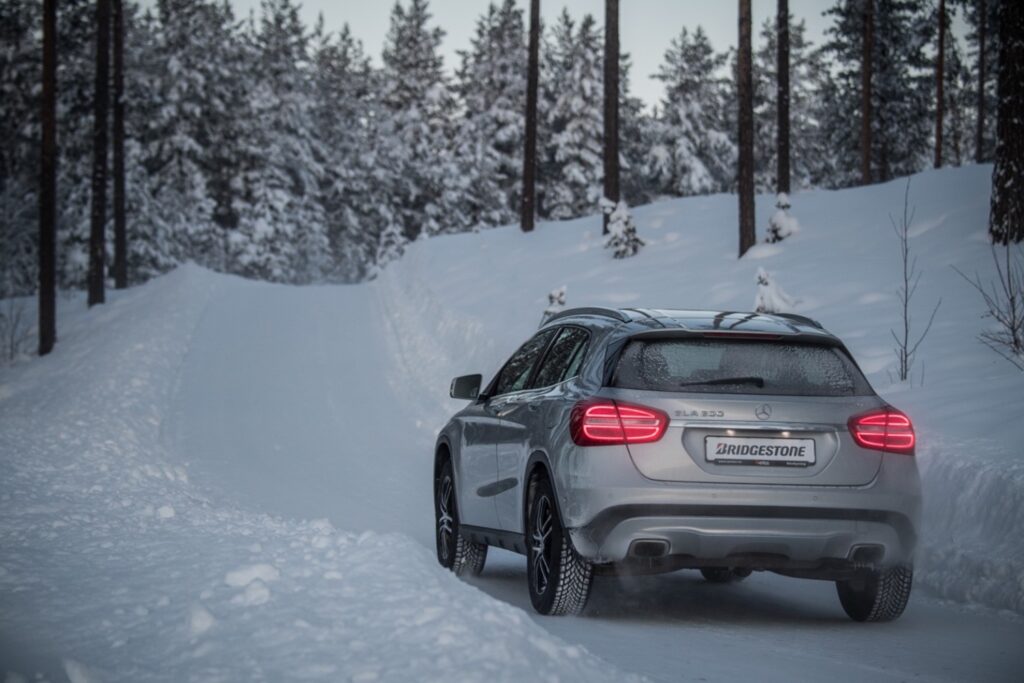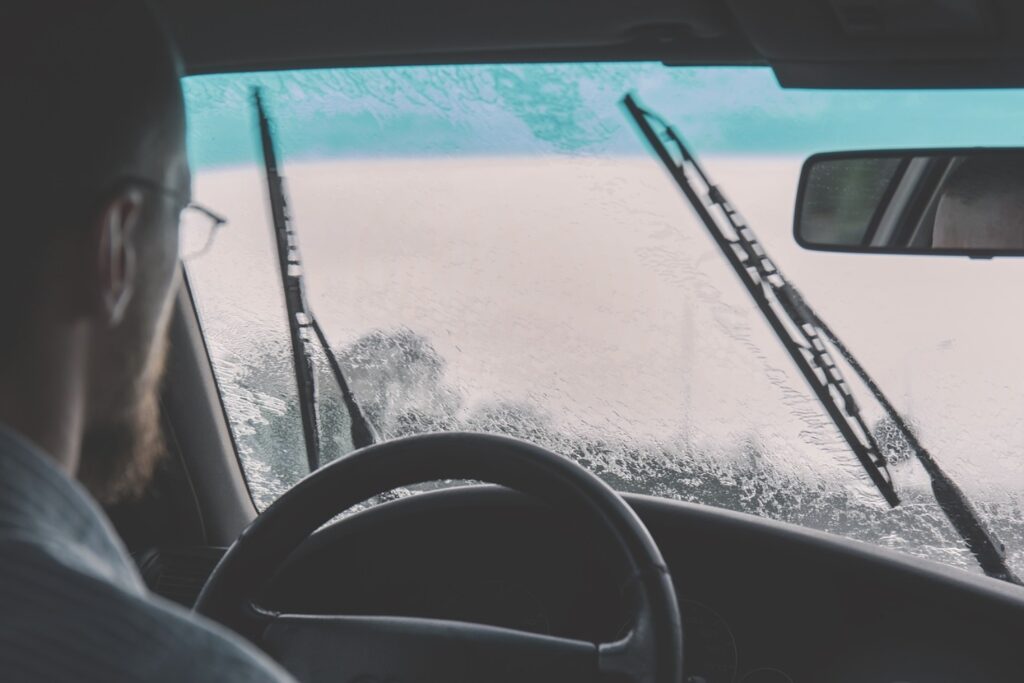The cold and rain will mark the arrival of the two extended weekends due to the holidays. Expecting an increase in traffic, especially on major national roads, Bridgestone shares several tips for safe mobility, even in the most adverse conditions such as ice and rain, not forgetting the wind.
Driving in the rain
The rain is back and, with it, the risks on the roads increase for drivers. Before setting off for the extended weekend, check if the tires have the correct pressure, if the windshield wipers are in good condition, if all exterior lights are functioning properly, and during the trip, in addition to obeying speed limits, increase the distance to other vehicles, avoid sudden movements and water puddles, and use lower gears, especially on uphill roads, as wet road conditions lead to less grip.

Driving on ice and snow
With ice on the road, the danger increases even more and, in addition to the previous advice, you should put antifreeze in the radiator and have snow chains if you are going to places where these conditions occur. When driving on icy roads, the vehicle’s reactions can be unpredictable, so you must remain calm, even when you feel that the car is slipping out of control, avoid braking abruptly, use the steering wheel gently, and do not remove your hands from the wheel.
Tires also play a very important role here, and Bridgestone reminds us that at temperatures below 7º C, the compound of summer tires becomes harder, which causes the vehicle to cover a greater distance when braking and grip decreases drastically, hence the use of snow chains.

In addition, it is advisable to pay attention to the tire tread depth, especially when driving in regions with a higher frequency of snow, as tires with a tread depth below 4 mm should not be used, as a lower tread depth also increases braking distances in snow.
If it is necessary to use snow chains, they should be applied if the tires are not certified for winter use. Do not wait until the last moment to put on the chains and apply them in a location that ensures your safety and that of your vehicle. As soon as they are no longer necessary, remove them immediately to avoid damaging them. Remember that in Portugal it is illegal to drive at speeds exceeding 50 km/h with snow chains applied, and it is required to use them when you see the official traffic sign D9, however, in most cases, this sign is accompanied by another that allows the use of snow tires.
Driving in windy conditions

Sometimes overlooked, wind is also a factor that affects our driving, whether on short or long journeys. For this, a more defensive driving style is necessary to deal with the strong gusts that we may experience. These moments occur when exiting a tunnel or a more protected area, when overtaking larger vehicles, or even when crossing bridges or viaducts. Observe the signs around you indicating the intensity and direction of the wind, keep both hands firmly on the steering wheel, and always moderate your speed.
Lastly, whatever the situation, in case of an accident, stay calm, ask for assistance from roadside assistance or, in more serious cases, call the emergency number 112.










